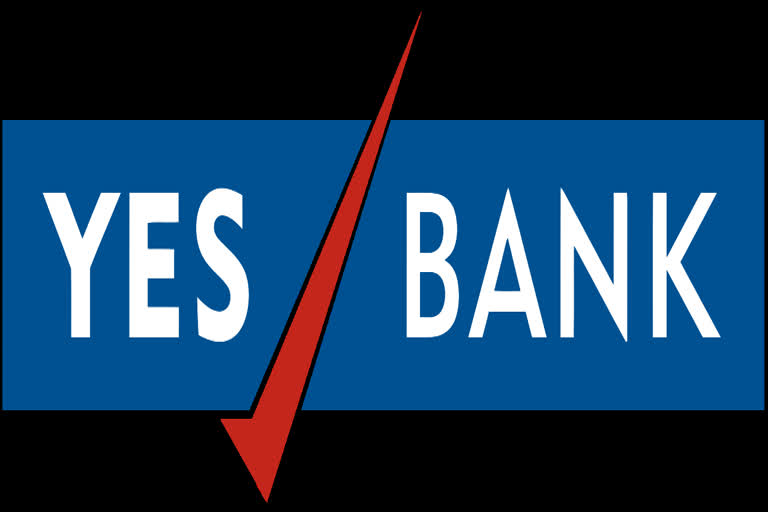New Delhi: Days after ICRA downgraded Yes Bank, India Ratings has also lowered the lender's long-term ratings on concerns of some of its loan exposure turning into bad loans.
India Ratings has downgraded the bank's long-term rating to 'IND AA-' with a negative outlook while reaffirming short-term rating, Yes Bank said in a late-evening filing on Wednesday.
Last week, ICRA downgraded the long-term ratings of the lender. Accordingly, six instruments with a total borrowing of over Rs 33,000 crore were also downgraded.
Also read : Google expands features to offer greater control over data to users
The bank had also reported its maiden loss of over Rs 1,506 crore in the March 2019 quarter, driven by a near 10-fold spike in provisions.
According to India Ratings, the downgrade reflects the quick credit migration (to sub-investment grade) in the bank's certain group exposures.
"Some of these assets to slip into the non-performing category; the need to provide beyond Rs 2,100 crore of contingent provisions in FY19 and credit cost guidance of 1.25 per cent for FY20 in the event of inadequate or delayed resolution of these assets could keep the operating buffers and capital buffers under further pressure in the 15-20 per cent growth scenario," it said.
The negative outlook reflects the downside risks to the agency's estimates of profitability and capital buffers that could emanate from substantial delays in the resolution of certain stressed assets, it said.
The rating agency downgraded three instruments, including Rs 11,000 crore Tier-II bonds and additional Tier-I bonds worth Rs 11,100 crore.
The rating level factors in the bank's fourth-largest position in the private banking sector and appointment of a new chief executive officer with the stated strategy of focusing on multiple granular income streams and assets and liabilities that could take one-two years to show meaningful traction, it said.
The ratings also factor in the bank's significantly lower capital buffers, limited ability to raise substantial equity capital, it is a relatively high proportion of bulk funding and asset-liability tenor mismatches compared to larger private sectors peers, it said.




